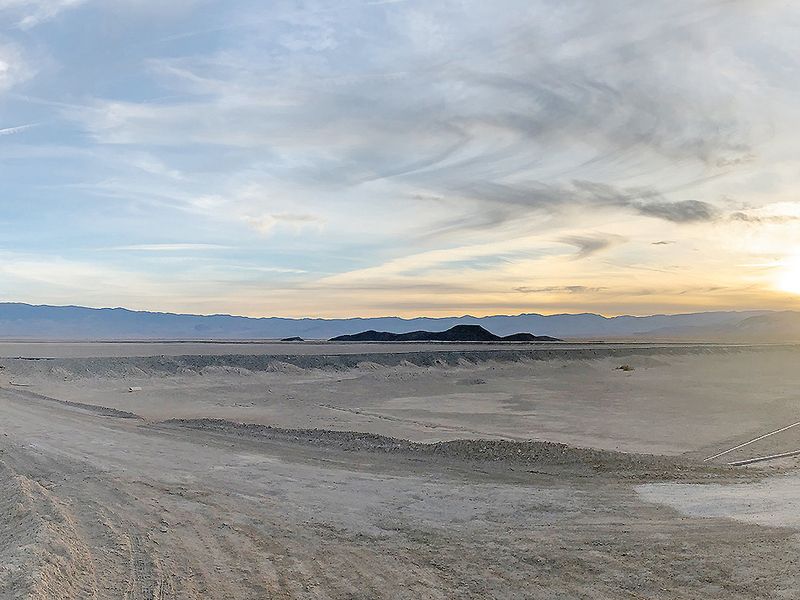
Lithium, an essential element for batteries that power electric vehicles today and for solid-state batteries in the future, can be found across the globe. But as the industry scales EV production, automakers, battery makers and energy companies are rethinking the way much of the world has sourced the key metal.
Lithium demand has surged so much that prices have reached an all-time high, climbing 150 percent since the beginning of the year, according to Benchmark Mineral Intelligence. Even as battery chemistry evolves, lithium will remain central to battery development, said Sam Abuelsamid, principal analyst at Guidehouse Insights.
As companies experiment with lithium-sulfur, iron-phosphate and solid-state batteries, “the one common thread through all of that is lithium,” Abuelsamid said.
Current lithium mining methods from brine can take years and require shipment to China for processing, increasing the carbon footprint to build a vehicle designed to reduce emissions.
Controlled Thermal Resources and NeoLith Energy, which is a lithium extraction pilot by Schlumberger New Energy, are employing a new approach called direct extraction. It produces battery-grade lithium in much less time than current methods, redirects the remaining brine back into the ground and is designed to help battery makers assemble cells faster.
Automakers, such as General Motors, and battery makers, such as Panasonic Energy of North Ameri ca, are collaborating and investing in companies that plan to test direct extraction methods. Such methods are designed to reduce the environmental and economic impact of lithium sourcing, said Manish Chawla, industrial sector general manager at IBM Global Industries.
“Companies are spending the time to design their supply chain, secure their sources” with the environment in mind, Chawla said.
If the sourcing and recyclability of battery materials is considered today, “before it hits that scale of oil and gas … my optimistic hope is that the issues are addressed early in the cycle,” he said.
The evaporation process used in traditional lithium mining can take 18 to 24 months, said Richard Morrison, operations manager for NeoLith Energy.
“It’s not very flexible to demand changes,” he said.
But through direct extraction, battery-grade lithium can be available in days or weeks.
Controlled Thermal Resources plans to extract lithium from brine beneath the Salton Sea in California. GM made a multimillion-dollar investment in and strategic collaboration with the company to secure low-cost lithium from the site in 2024. Controlled Thermal Resources’ method yields battery-grade lithium just two hours after extraction because processing is built into its system.
“If it really goes to where we think it can go, and as we collaborate with them and innovate with them, it could be one of the best things we’ve been ever invested in,” said Tim Grewe, GM’s director of global battery cell engineering and strategy.
Controlled Thermal Resources cools the brine from deep within the ground below the Salton Sea by running it through a steam turbine. It then separates the brine into a steam and concentration. The steam powers the turbine and returns unused brine into the ground. The remaining brine and steam produce battery-grade lithium carbonate, and the cycle repeats itself, said CEO Rod Colwell.
Traditional lithium mining involves pumping the brine from underground into evaporation ponds for 18 to 24 months before the lithium is processed.
With direct extraction, lithium is removed from the brine and the rest is returned into the ground.
Direct extraction has a lower environmental impact than evaporation ponds. The evaporation process only mines half the available lithium; a direct method extracts about 90 percent or more, Morrison said.
NeoLith Energy is preparing for a direct-extraction pilot in Clayton Valley, Nev., 200 miles from Panasonic’s large-scale advanced battery manufacturing operation. The pilot is slated to begin early next year and run six to nine months. NeoLith has partnered with Panasonic for validation and optimization. NeoLith’s facility will produce battery-grade lithium carbonate that can be used in cathodes, and Morrison expects the Clayton Valley site to provide a significant amount of lithium over four decades.

